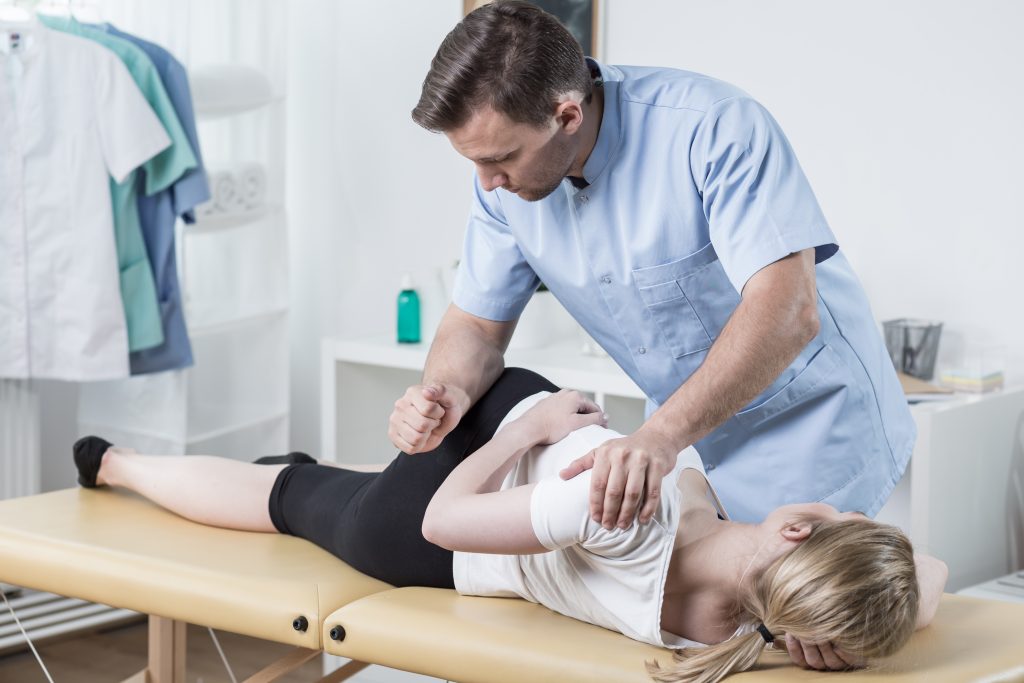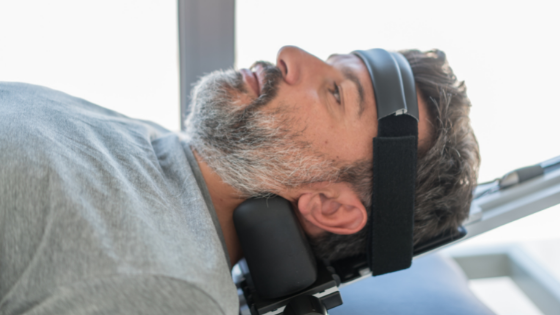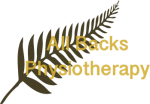Spinal Disc Herniation Treatment
Spinal Disc Herniation, Sciatica Pain, Slipped Disc, Pinched Nerve in the Back and in the Neck : Treatment
Several things cause severe back and neck pain, and it is often hard to know the underlying cause as it’s different for everyone. In this article, we aim to help ease some of these worries by exploring common conditions that can cause severe back and neck pain, including Slipped Disc, Pinched Nerve, Sciatica Pain and Disc Herniation!
What are the Treatments for Sciatica or Back/Neck Pain?
There are quite a few options for treating sciatica or back/neck pain in general. For the most part, the best thing you can do is focus on managing the pain and improving your ability to function. It might include physical therapy, traction, pain medication and last options epidural injections, and surgery.

Several treatment options are available for radicular symptoms, depending on the underlying cause. For example, if a herniated disc is causing symptoms, your doctor may recommend conservative treatment options such as rest, ice/heat therapy, traction, manipulation.
Physiotherapy and over-the-counter medication. Your doctor may suggest epidural steroid injections or surgery if conservative treatments don’t provide relief. These are classified as non conservative as they are more radical, intrusive procedures and therefore are the last options. Treatment options for degenerative disc disease or spinal stenosis might include physical therapy, exercise, traction and pain medication. In some cases, surgery may be recommended.

Traction benefits for Neck and Back
Traction is a very effective treatment for both neck and back trapped nerves. Traction works by gently stretching the spine, which takes pressure off of the nerve. This can provide relief from pain, numbness, and tingling. Traction can be done manually or with a machine. Both traction types should be performed by a skilled clinician. Machine-assisted traction requires additional skills as it involves many variables such as spinal angles and rhythmic timing patterns and weight graduations specific to the precise spinal location being treated. Again it can be highly effective to decompress the spine. A great maintenance treatment for worn out degenerative disc conditions as well as acute trapped nerves
A slipped disc can be extremely painful and debilitating. If you are experiencing any symptoms associated with a slipped disc, it is essential to seek a spinal specialist, such as Physiotherapy attention as soon as possible. Once a diagnosis has been made, there are a variety of treatment options available that can help to improve your symptoms and quality of life. A skilled Physiotherapist can diagnose the cause through examination. Occasionally they may refer you on for further diagnostic investigation such as xrays and scans if relevant but on the main this is not needed. Alongside physical therapy, your GP may suggest trying pain medication. It can be over-the-counter medication like ibuprofen or Tylenol, or it may be a prescription medication. If you take prescription medication, follow your GP’s instructions carefully.
A slipped disc also called a herniated disc is a condition in which one of the discs between the vertebrae of your spine becomes damaged and presses on the spinal nerves. It can cause pain and numbness in your back, neck, legs, arm and hand. Sometimes, a slipped disc can also lead to weakness in your legs or arms. While most people with a slipped disc recover with rest, ice and pain medication, traction some may need surgery to remove the damaged disc.
